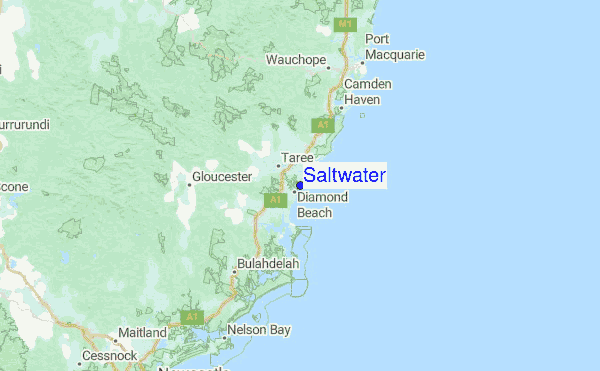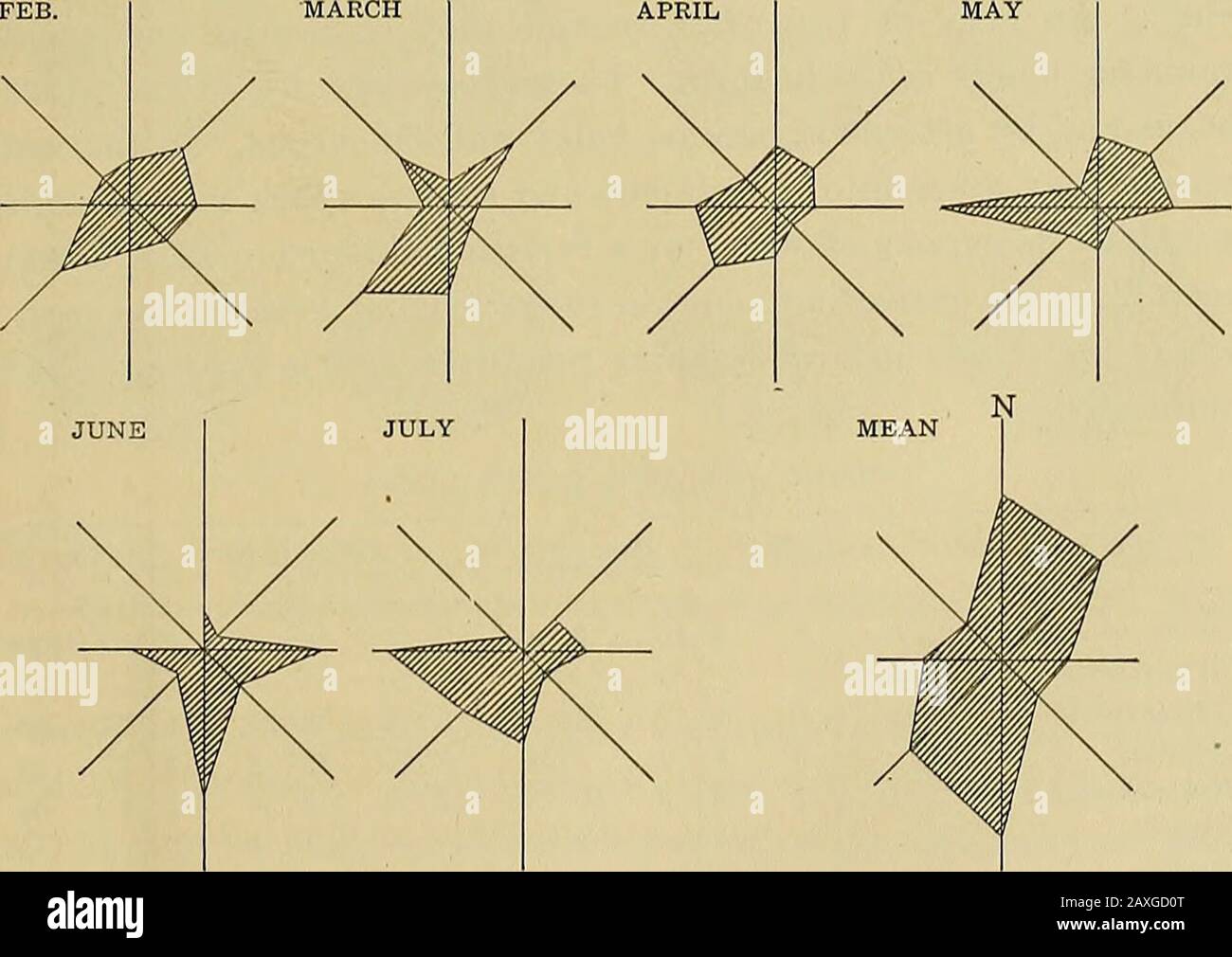

TheseĪrguments are passed to drawOpenKey via quickText, applying "footer" adds addition text above and below the scale key. Another useful choice sometimes isĪdds additional text/labels to the scale key.įor example, passing options key.header = "header", key.footer = The colour of the boundary of each wind speed/directionīin. In the middle and is expressed as a percentage of the maximum wind For example, toĪlways ensure that wind speeds are displayed between 1-10, set This is useful forĮnsuring a consistent scale between different plots. Also, the polarPlot function can be of use in suchĪ user-defined upper wind speed to use. It is recommended to consider yourĭata with care. Care should be taken when using a value > 1 because of the Valid records in each bin an so on bins with less than 2 valid recordsĪre set to NA. The minimum number of points allowed in a wind speed/windĭirection bin. Types are provided the first forms the columns and the second the rows. Produce a 2x2 plot split by season and day of the week. Variables and how they depend on one another. Great flexibility for understanding the variation of different Then those categories/levels will be used directly. If type is an existing character or factor variable, Split into four quantiles (if possible) and labelledĪccordingly. If that variable is numeric, then the data will be It is also possible to choose type as another variable in = "season" will produce four plots - one for each season. This results in a non-linear scale and (usually) a better representation Theĭefault therefore is TRUE and a square-root transform is applied. Plots of this kind they can be dominated by a few high points. Should a transformation be applied? Sometimes when producing
#Wind rose diagram period full#
User can supply a list of colour names recognised by R (typeĬolours() to see the full list). Options includeĪnd RColorBrewer colours - see the openair openColours function for more details. breaks = c(0, 1, 5, 7, 10), which may be useful for someĬolours to be used for plotting. breaks = seq(0, 100,ġ0) - a scale from 0-10 in intervals of 10, or a more flexible sequenceĮ.g. The sequenceĬould represent one with equal spacing e.g. Sequence of numbers that define the range of the scale. Mast, an interval of 0.5 may be more appropriate. Other than “frequency”, it is necessary to also provide the More information is given in the examples. The percentage overall contribution to the total concentration. “an” will plot the concentration of a pollutant Will plot the mean concentration of a pollutant (see next point) “frequency” (the default) is the simplest and plots theįrequency of wind speed/direction in different bins. “median”, “max” (maximum), “stdev” (standardĭeviation) or “an”. The statistic that should be applied to each wind

A pollutant name corresponding to a variable inĪ data frame should be supplied e.g. polarFreq ( mydata,Ī data frame minimally containing ws, wd and Using a range of commonly used statistics. Bins can also be used to show the concentration of pollutants Each bin is colour-coded depending on the frequency of In terms of angle measurement in degrees, North corresponds to 0°/360°, East to 90°, South to 180° and West to 270°.Ĭompiling a wind rose is one of the preliminary steps taken in constructing airport runways, as aircraft can have a lower ground speed at both landing and takeoff when pointing against the wind.PolarFreq primarily plots wind speed-direction frequencies in Wind roses typically use 16 cardinal directions, such as north (N), NNE, NE, etc., although they may be subdivided into as many as 32 directions. A wind rose plot may contain additional information, in that each spoke is broken down into colour-coded bands that show wind speed ranges. Each concentric circle represents a different frequency, emanating from zero at the center to increasing frequencies at the outer circles. The length of each "spoke" around the circle is related to the frequency that the wind blows from a particular direction per unit time. Presented in a circular format, the modern wind rose shows the frequency of winds blowing from particular directions over a specified period. North was depicted with a fleur de lis, while east was shown as a Christian cross to indicate the direction of Jerusalem from Europe. No differentiation was made between cardinal directions and the winds which blew from those directions. Before the development of the compass rose, a wind rose was included on maps in order to let the reader know which directions the 8 major winds (and sometimes 8 half-winds and 16 quarter-winds) blew within the plan view.


 0 kommentar(er)
0 kommentar(er)
